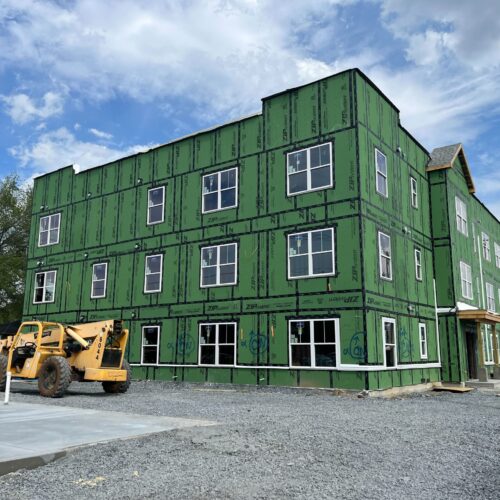Changes on the Horizon in Sonoma County
Recent juvenile justice system assessment highlights potential policy improvements
Sonoma County, California, recently underwent a comprehensive assessment of its juvenile justice system as part of the Improving Outcomes for Youth (IOYouth) initiative. With data analysis and assistance from The Council of State Governments (CSG) Justice Center, the initiative was overseen by the Sonoma County IOYouth Task Force—a coalition of county leaders established by the probation department. CSG Justice Center staff concluded the assessment and presented their final findings and recommendations to county leaders this month.
Key Findings
The IOYouth assessment reports trends and outcomes concerning how youth enter and move through Sonoma County’s juvenile justice system and are directed to services. Notable findings include the following:
- From 2014 to 2018, there was a 52-percent reduction in juvenile referrals to the probation department, and a 47-percent decrease in new admissions to detention in Sonoma County.
- Youth of color are up to 14 percent less likely to be diverted from the system than their white peers with similar offenses and histories.
- Youth are often placed in secure detention even when their offenses do not suggest an imminent public safety risk.
- Probation violations are the largest single driver of new probation dispositions.
Although data indicate that youth are increasingly entering Sonoma County’s juvenile justice system with mental health and trauma needs, the number of referrals for treatment-oriented programs is lower than that of any other service.
Recommendations for Improvement
The IOYouth report identifies strategies for how the probation department and other youth-serving agencies in Sonoma County can collaboratively address the assessment findings to improve youth outcomes. Among others, these recommendations include
- Partnering with law enforcement and community-based service providers to expand pre- and post-arrest diversion opportunities, with the goal of reducing racial and geographic disparities;
- Using graduated responses and incentives that are proportional to youth behavior, equipping probation officers to promote behavior change among the youth they supervise, and tailoring supervision conditions to move toward a more developmentally appropriate model of juvenile probation;
- Creating a continuum of effective community-based programming and developing policies and processes to better match youth to the most appropriate services based on their individual needs; and
- Engaging families meaningfully across the juvenile justice continuum by including them in case planning and treatment team meetings and creating opportunities for families to provide input and feedback regarding youths’ experience in the system.
The probation department, working alongside its partners, will now work to craft detailed action plans, timelines, and budget proposals to turn the recommendations resulting from the IOYouth analysis into concrete policy, practice, and resource-allocation changes.
Photo credit: Eliott Reyna via Unsplash
 Zero Returns to Homelessness Initiative Launches Nationally, with Pennsylvania Leading the Way
Read More
Zero Returns to Homelessness Initiative Launches Nationally, with Pennsylvania Leading the Way
Read More
 New Hampshire Continues Justice Reinvestment Effort to Improve Conditions for People Who Are High Utilizers of Criminal Justice and Behavioral Health Systems
Read More
New Hampshire Continues Justice Reinvestment Effort to Improve Conditions for People Who Are High Utilizers of Criminal Justice and Behavioral Health Systems
Read More














